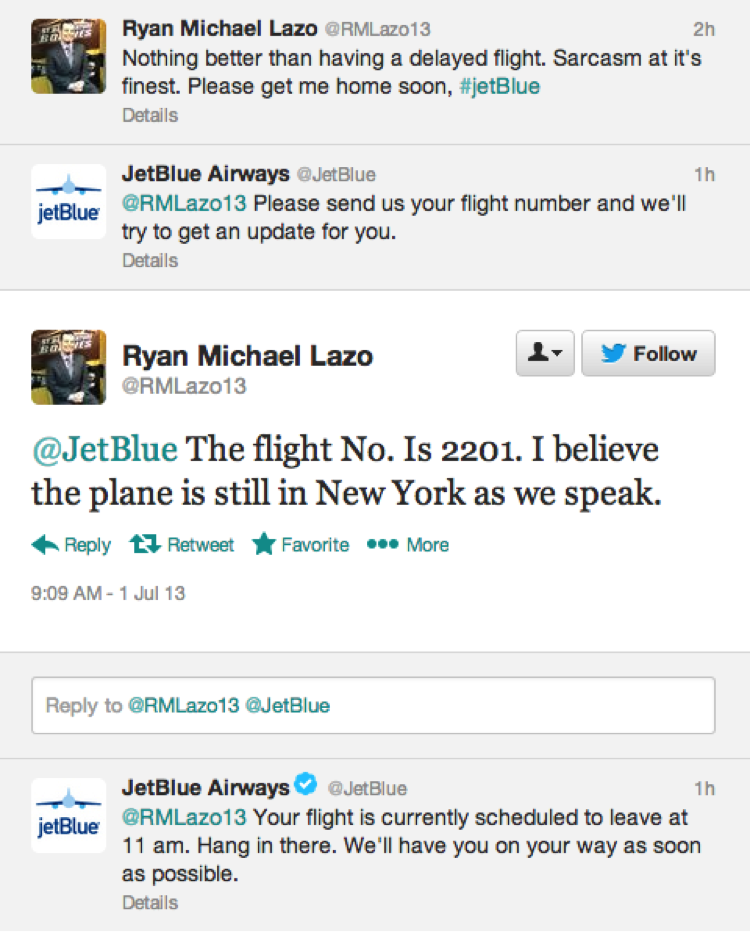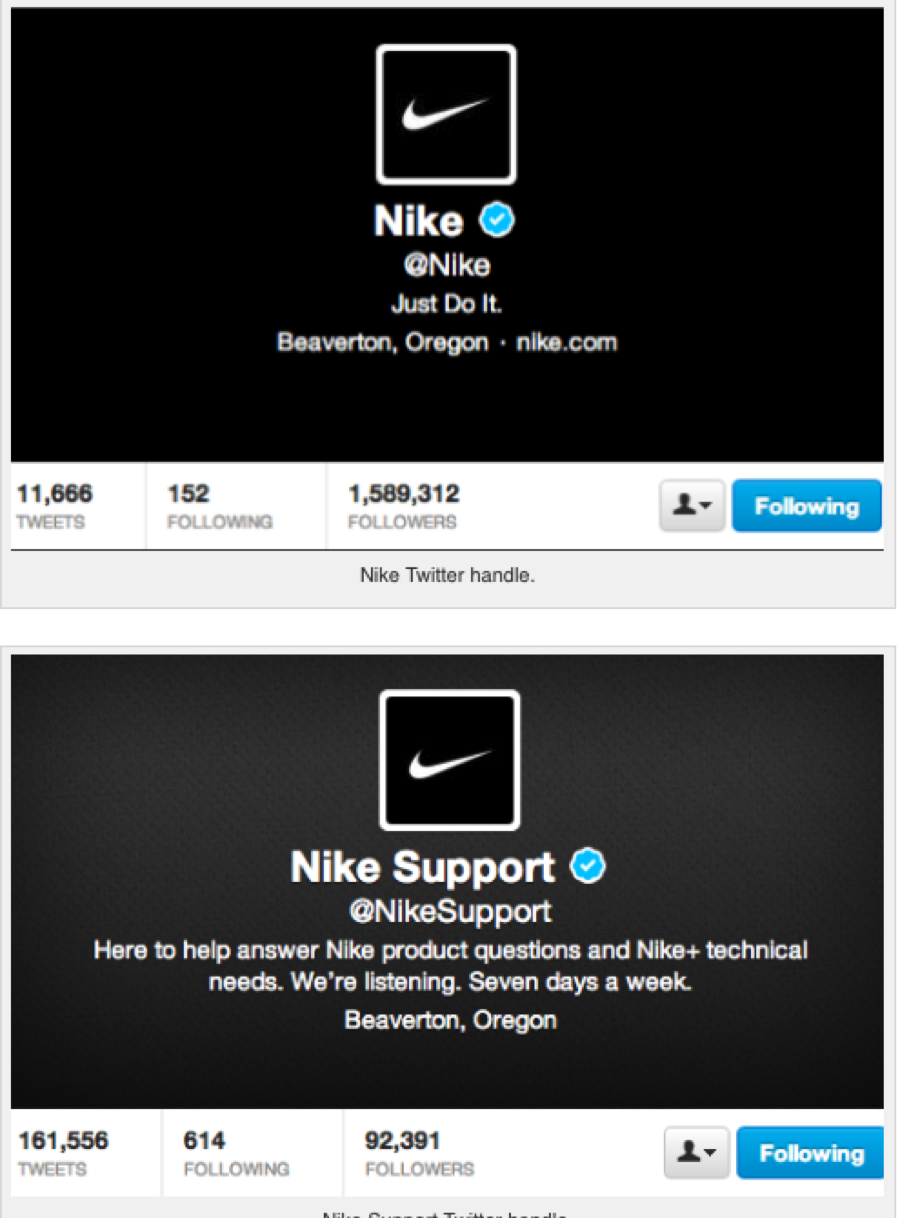By now most marketers know that there are tools out there to help automate social media scheduling, which is crucial when you’re managing several accounts. Maybe you’re a freelancer doing social media for several companies, or maybe you work for a company that has different accounts for different locations or subsets of the business. Whatever the reason may be, managing different accounts can be overwhelming because you not only have multiple accounts, but you have multiple accounts on multiple different social media platforms—Facebook, LinkedIn, Twitter, Instagram, Snapchat, etc.
So beyond just staying organized, what are some best practices? Check out some of the ideas below to get you started.
Headlines Matter
Create a headline that not only will catch your audience’s attention, but also one that conveys your content in an honest and intriguing way. When it comes to multiple accounts, it helps to create your headlines first to stay organized and make sure that this is a big part of your strategy. This takes time to brainstorm and to understand what works in each medium.
Take the time to test your content with viewers. Track your website analytics to understand what messaging works best with your audience. And never stop testing! The industry is constantly changing and your audience has hundreds of other websites vying for their clicks. Keep up to date on your audience and what works and they will continue to enjoy your content.
Pull Them in Visually
Social media posts containing an image, video, gif, or other visuals garners more clicks, likes and read content. According to HubSpot, content that featured a colored visual increased people’s willingness to read the content by 80 percent, and content with relevant images gets 94 percent more views than content without a relevant image. Check out the screenshot below:
So, your visuals are just as important as your words. Take the time to create branded, visual content that brings to life what your written content is sharing. It will not only pull people to click into the article, it will also make it easier for readers to remember the content, as people retained 65 percent of the information three days later with a visual compared to 10 percent without a visual. Again, create this for each and every social account before trying to juggle scheduling and writing something in the moment. This will help make sure that you’re following best practices for every post that you create.
Work Each Channel to Get Value
It’s easy to create one social message and post to all of your channels. It’s certainly good time management and hey, since the message is approved you might as well use it across the board!
False.
Each social network is different and your content should reflect the differences in its preview text. For example, your Twitter and Facebook posts should not be the same because Twitter only allows 140 characters, while Facebook has no limit – although you’ll want to keep it shorter so your audience doesn’t need to click to read the whole post.
The same goes with Instagram, LinkedIn, Google+ and more. They all have specific reasons to be used. Those reasons should be taken into account when drafting social media posts. That being said, keeping up with the flow of social media and the new and interesting ways consumers are getting their news will help keep your company up with the new trends.
Coordinate Publishing Schedule
So back to what might be basic for some, but is still crucial to mention. A publishing schedule is important to not only keep you on track, but to increase your following. If you don’t post, your followers will lose interest fast. It’s important to schedule posts and follow through with them, first off. It’s easy to create social media accounts, and even fun, but once those accounts are created, much needs to be done to gain followers and gain traffic to your content.
Your social media accounts give you access to your current, future and past consumers. Having a set schedule of posts branded with your content, using great visuals and appropriate hashtags is one of the biggest first steps to earning your audience’s trust.
Hootsuite, Sprout Social, MarketMeSuite, CrowdBooster and more are examples of social media management tools. Check out more here.
Interaction is Key
Successful businesses interact with their customers through social media. Why? Social media is a comfort zone, an information hub. It’s a place people go to connect, and if they have liked your page and followed your posts, they want to interact with your products.
Posting questions and surveys related to your business, products or general topics of interest engages your customer unobtrusively. It’s so easy to like, share, tag or comment on a post while scrolling through your newsfeed, that companies engaging its audience will see more returns with two-way communication.
Two-way communication is also helpful to get quick and honest opinions of your products and customer experiences. Not only is this advantageous to your business – you’re getting so much more feedback on your products than ever before – doing this will get your content and business in front of new customers. Social media is perfect for disseminating information for returning customers who either share your content, or your content will automatically pop up in their friends’ newsfeeds after the original customer has interacted with your content.
Social media has also spurned the necessity for quicker customer service. Customers expect to be replied to and supported not only via the company’s website but also its social media accounts. Help yourself out by having dedicated customer service pages, tabs or handles and have employees dedicated to answering those queries.
Nike is a great example of having two Twitter handles, one for the company and one for customer service.
So What’s Your Objective Here?
Posting content is good for your company, but you need a call to action at the end. Why are you posting this? This isn’t like your personal account – you can’t just post whatever is making its way around the Internet that week. Creating content that delivers your brand’s message, interacts with your customers and urges them to do something like click a link to your website or sign up for a contest and so on. A call to action gives your content purpose.
A good, purposeful post from a company is successful because your customers followed you to get that. They aren’t friends with you. They don’t care what your political preference is or what meme you thought was funny. Your supporters want to see and hear about your products and company business. In order to invest, they want to like you as a company. Give them good reason to follow you!
#Hashtags
Hashtags can be helpful for many reasons. Hashtags support brands quickly and easily. It’s a great way to spread a slogan or campaign. Anything tagged with your hashtag will be grouped together, allowing customers or prospective customers to get a large amount of information about your company and why other people support you in an easy way.
The biggest rule for hashtags is to do research before you use one. If you have a common hashtag, it’s not going to unite your campaign. Everything you worked for will get lost in the muddle of other things tied to that common tag. So do your research.
Keep it short and memorable. Something witty, tied to your brand and campaign will stand out to customers and prospective customers. Social media is a huge way to make an impact for your business, so take advantage of it. Just make sure you have a plan to support a successful social campaign.
What would you add to the list? Let us know your thoughts in the comment section below.





